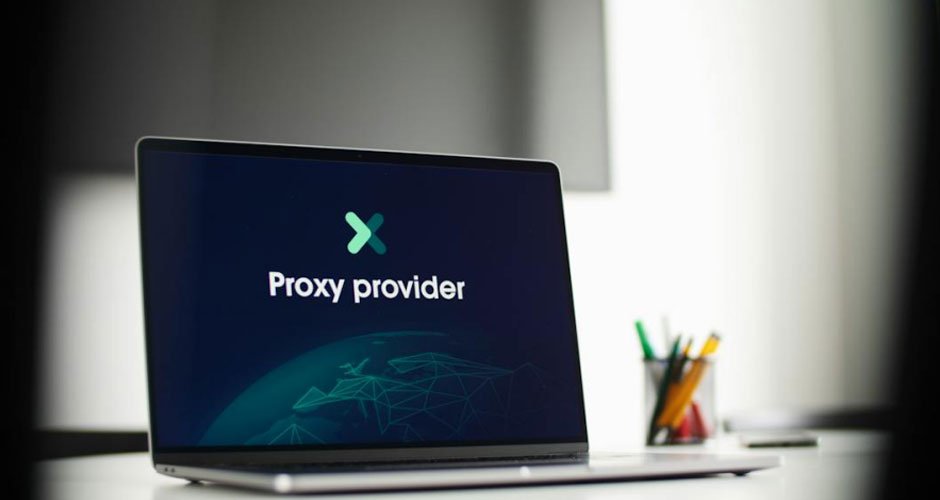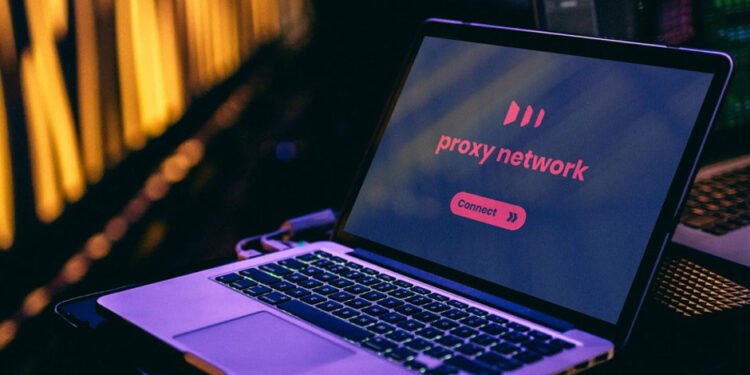One of the biggest tasks in web scraping is scaling; a proxy is a beneficial scaling tool in web scraping. A quality proxy protects your web scraper from restrictions and blocks, ensuring efficient management and faster scraping. Even so, to manage proxies in web scraping effectively, it’s an absolute must to understand how to configure proxy settings. This way, you’ll supersede the limitations of management and troubleshooting proxy issues.
This guide will unveil what web scraping proxies are and how you can configure their settings to promote a seamless and efficient data extraction practice.
What’s Web Scraping?
 Technically, web scraping involves accessing, parsing, and extracting data from websites. The general objective of web scraping is to access specific data from websites without APIs. Subsequently, you can use the data to improve your deliverables and make data-driven decisions.
Technically, web scraping involves accessing, parsing, and extracting data from websites. The general objective of web scraping is to access specific data from websites without APIs. Subsequently, you can use the data to improve your deliverables and make data-driven decisions.
However, web scraping often presents numerous challenges, such as IP filtering, rate limits, and CAPTCHAs. This can limit access to the data you must extract, affecting your practice’s overall objective. But that’s never the end since technology presents a proxy. This feature keeps your scraper anonymous, meaning you can extract whichever data you want from anywhere, anytime, without restriction.
Want to learn more about how proxies are beneficial in web scraping? Read on.
How to Configure Proxy Settings On Web Scraper
In a nutshell, you would need to learn how to set up a proxy on a web scraper for the following reasons:
- Block unwanted ads
- Perform geolocation testing
- Add security to the information you receive and send to your computer
- Cache web page information
As you can see, privacy is the key thing provided by proxies on web scrapers. They add a layer of security to your web scraping pursuits, allowing you to get valuable information without risking displaying your identity or losing important data.
The good thing is that there is no requirement that you must be an IT professional or developer to set up or configure proxy settings on Web Scraper. You can configure proxy settings on Web Scraper just like a tech-savvy by following these steps:
1. Choose a Proxy Server
 The first thing to do is choose a proxy server. You can select between free and premium versions, but the premium ones are preferred as they’re safer and more efficient. Moreover, they provide 24/7 customer support, meaning you can get assistance anytime you have issues with proxies on your web scraping pursuits.
The first thing to do is choose a proxy server. You can select between free and premium versions, but the premium ones are preferred as they’re safer and more efficient. Moreover, they provide 24/7 customer support, meaning you can get assistance anytime you have issues with proxies on your web scraping pursuits.
Once you choose your ideal proxy server, register an account and save your logins because you’ll need them whenever you log in or want to configure settings.
2. Click the Menu Button and Select Settings
You now have a proxy server and want to adjust settings to suit your needs, right?
Three horizontal lines usually represent the menu button. From the options available, select “settings.”
3. Choose System and select” Open your computer proxy settings.”
This step will take you directly to the default proxy settings you want to adjust.
4. Proxy Settings Display

Have you already selected proxy settings on your computer? You should see an option to configure proxy settings with a selected proxy server or script address – specifically if you’re using Windows 10 or 11.
5. Select the Use a proxy server switch and turn it on
To enable your proxy server, which you selected in the first step, turn the switch or checkbox on. This signifies that you’ll utilize the proxy server for your network connections and web scraping practice.
Eventually, click the save button at the bottom or top of the proxy settings window. That way, your newly configured proxy settings are applied to your System and, therefore, to your web scraper.
Now, you’re ready to embark on scraping and ensure the Use of rotational proxies to prevent restrictions by websites.
How Many Proxy Servers Are Enough?
Despite configuring proxy settings on a web scraper, you might doubt how many proxy servers you require. We’ll help you determine!
The number of proxy servers you need for efficient web scraping depends on the frequency of the request you intend to make, the anti-scraping measures of your target site, your ideal scraping scale, etc.
Typically, you can get along with a few proxies if you’re doing small-scale scraping or infrequent data extractions. Similarly, a few dozen proxies can work for a medium-scale scraping practice or small businesses in general.
Finally, you may require hundreds to thousands of proxies if you are extracting extreme volumes of data and want to maintain optimum operational continuity.
There isn’t a one-size-fits-all proxy, but there’s a suitable one for every user.
Conclusion
So, follow the above steps to ensure your proxy aligns with your web scraper. Technically, they involve clicking the Menu Button and selecting Settings, Choosing System and selecting ” Open your computer proxy settings”, and Selecting the Use a proxy server switch and turning it on. And, oh, remember to save those settings after making adjustments.
More significantly, if you want to enhance privacy, bypass geographical restrictions, or manage your network traffic uniquely, ensure you configure proxy settings.












